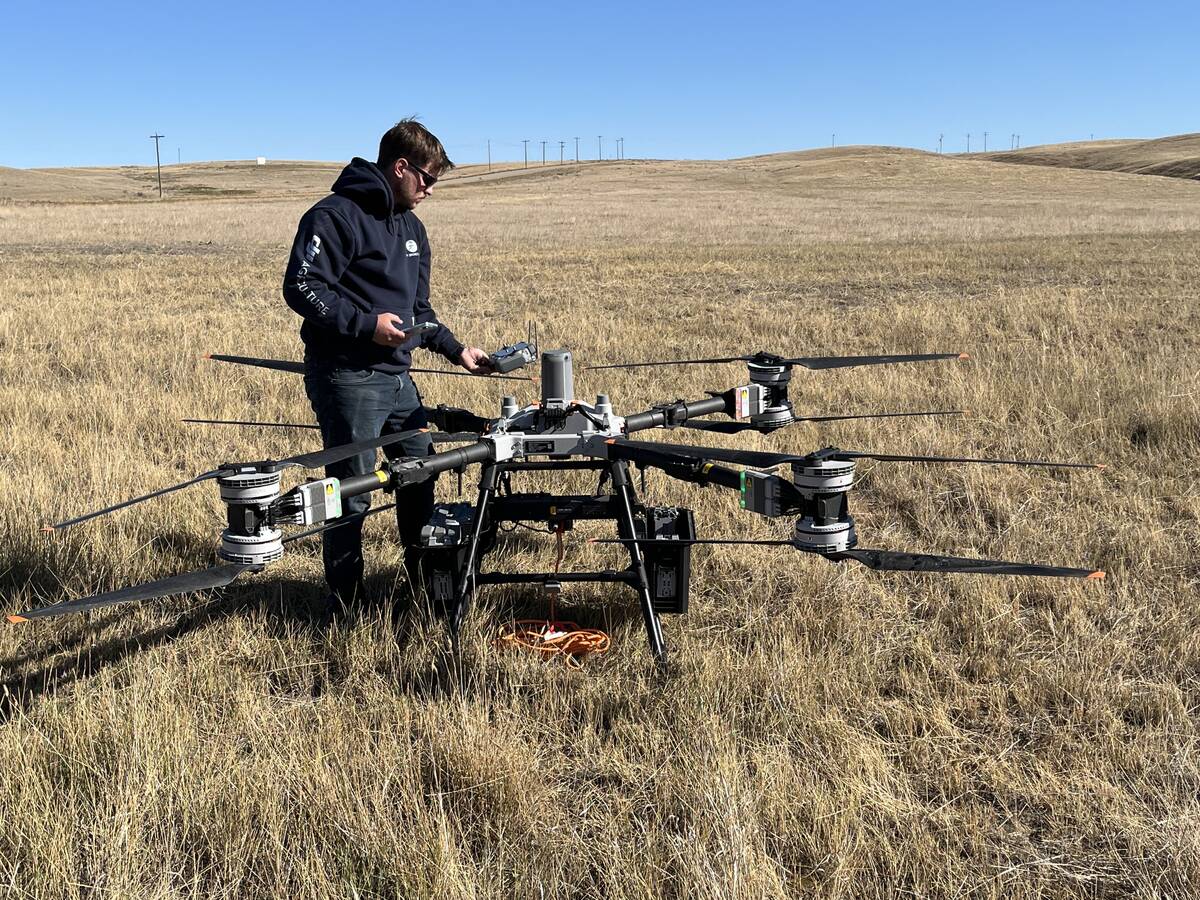For many people living in rural locations across the Prairies, frequent power outages are an unfortunate fact of life. And in winter they can be particularly problematic, creating trouble such as leaving livestock watering bowls prone to freezing without a heat source.
With the automotive industry expected to move to the widespread adoption of electric vehicles (EVs), could they work as backup sources of electricity in a pinch? General Motors along with PG&E (Pacific Gas and Energy) in San Francisco, Calif., are testing that idea right now. The thought is to establish a number of trial reverse charging systems in homes across the area served by PG&E. They’ll be designed to take electricity from a variety of different GM EVs during power outages.
“We are really excited about this innovative collaboration with GM,” said PG&E Corporation CEO Patti Poppe. “Imagine a future where everyone is driving an electric vehicle, and where that EV serves as a backup power option at home and more broadly as a resource for the grid. Not only is this a huge advancement for electric reliability and climate resiliency, it’s yet another advantage of clean-powered EVs, which are so important in our collective battle against climate change.”
Read Also

Farm-facing drone does the heavy lifting
Canadian distributor DJI Agriculture unveils its AGRAS T100 drone to western Canada’s producers for greater efficiencies in spraying and granular spreading in fields.
PG&E and GM intend to get the pilot program underway by this summer with the first vehicle-to-home-capable charger installed by then. The system is designed to function like a conventional standby generator, automatically transferring power from the EV to the house during a main grid power failure. Both companies intend to scale up the number of test sites significantly by the end of the year.
With the number of EVs soon to exist, GM expects the backup power generation capability could significantly transform electrical grid operations. In its press release, GM said it intends to have about one million EVs in circulation by the end of 2025, but that number may be a bit optimistic. The company’s total EV production to date has been roundly criticized by industry observers, who point out, so far, the brand has sold only a tiny fraction of that number, fewer even than rival Tesla. Currently, GM’s main EV, the Bolt, has been the subject of a major recall due to two separate battery defects that have resulted in fires.
However, the brand is ramping up for big production, and it has already started construction of manufacturing facilities in the United States specifically for EVs and EV battery production. As those plans develop, GM expects to be building 30 different EVs globally by 2025, based on its new Ultium standard EV platform.
But will there be EVs in that group to take the place of the internal combustion engine farm truck?
So far, GM Canada lists the electric Hummer as the only EV pickup on the horizon (it will be available late this year), but GM in the United States is already accepting reservations for the first production of EV Silverados, which the company says will begin arriving on dealers’ lots there in the summer of 2024.
Estimated MSRP for an electric Silverado will start at US$39,900. But the brand notes, “Future variations will offer a range of MSRPs, from around $50,000 to $60,000, $70,000, $80,000 and more, depending on selected battery range and available features.” Those are all U.S. dollar prices.
Electric Silverados will be available with a range of features and specifications with trailer tow ratings as high as 20,000 pounds (9,071 kilograms), but exact colours and specs won’t be available for a while yet.
















